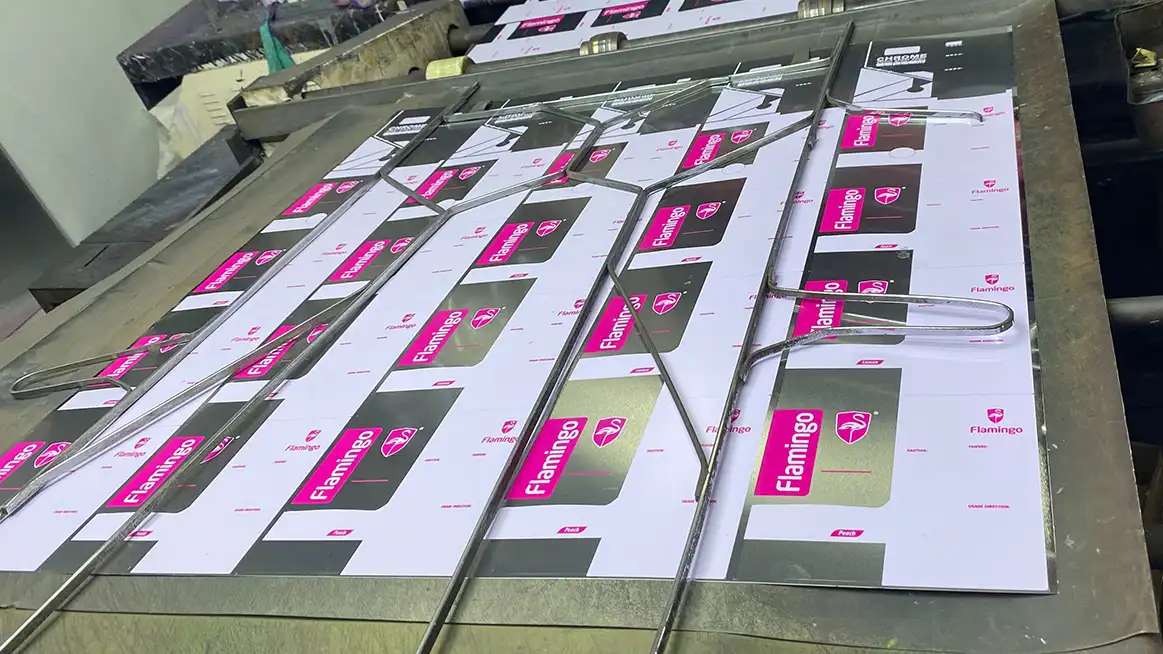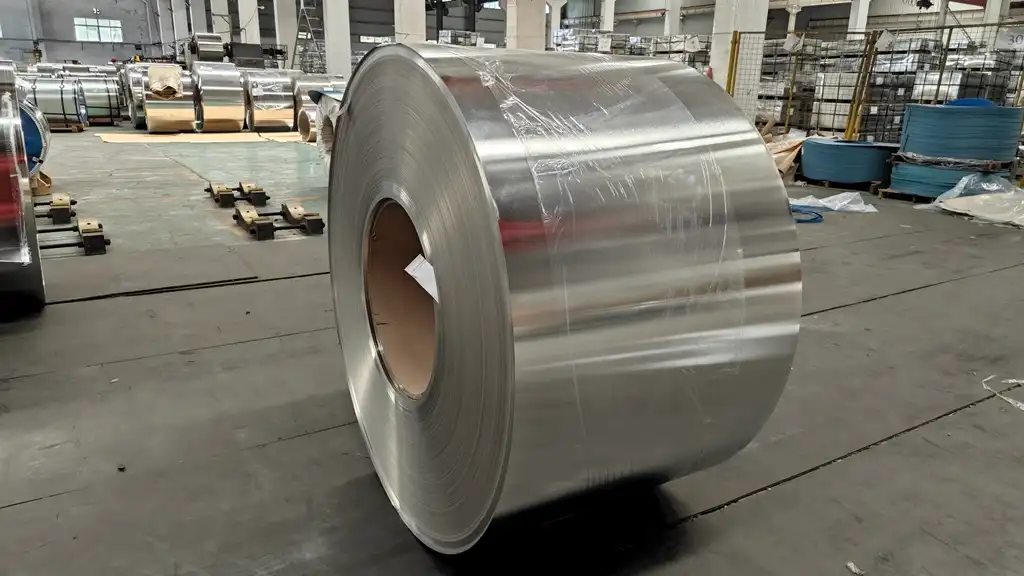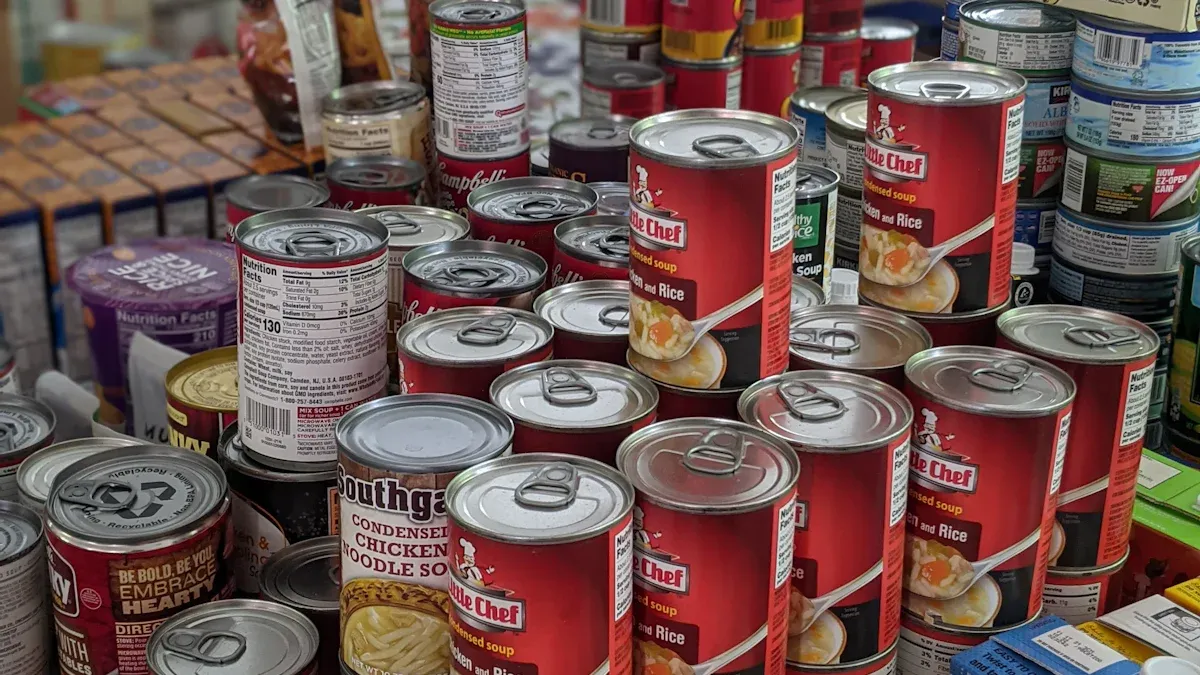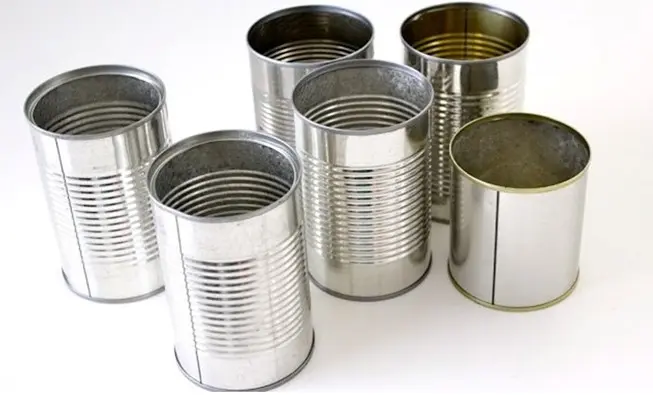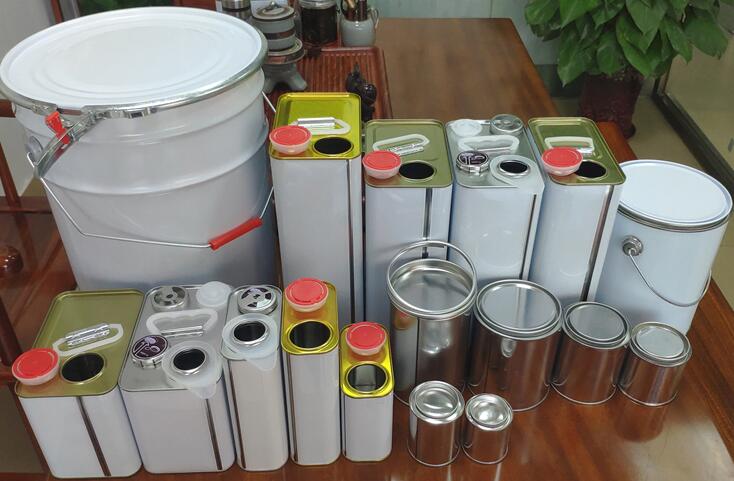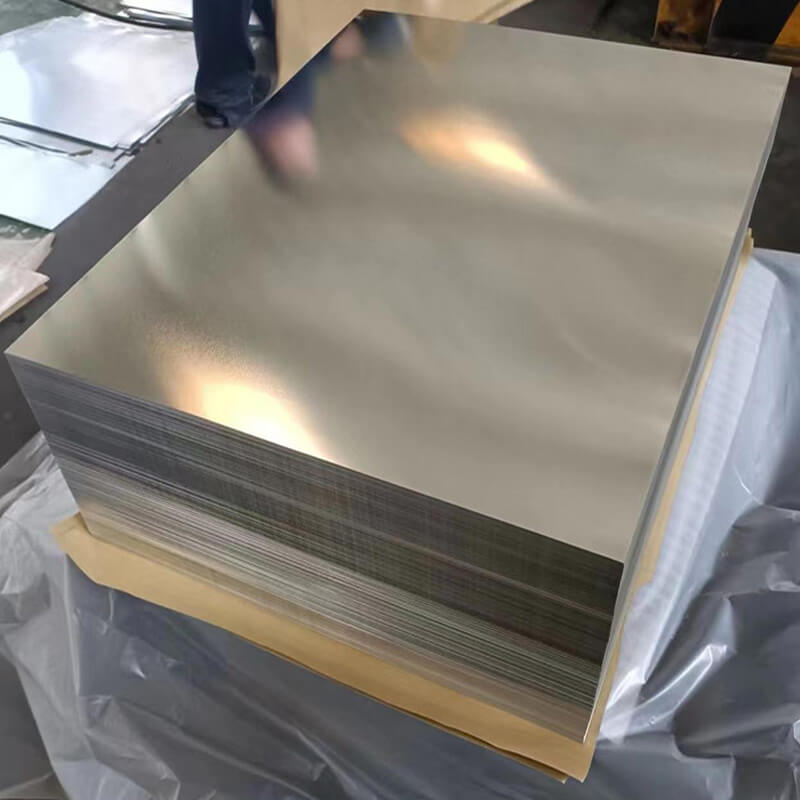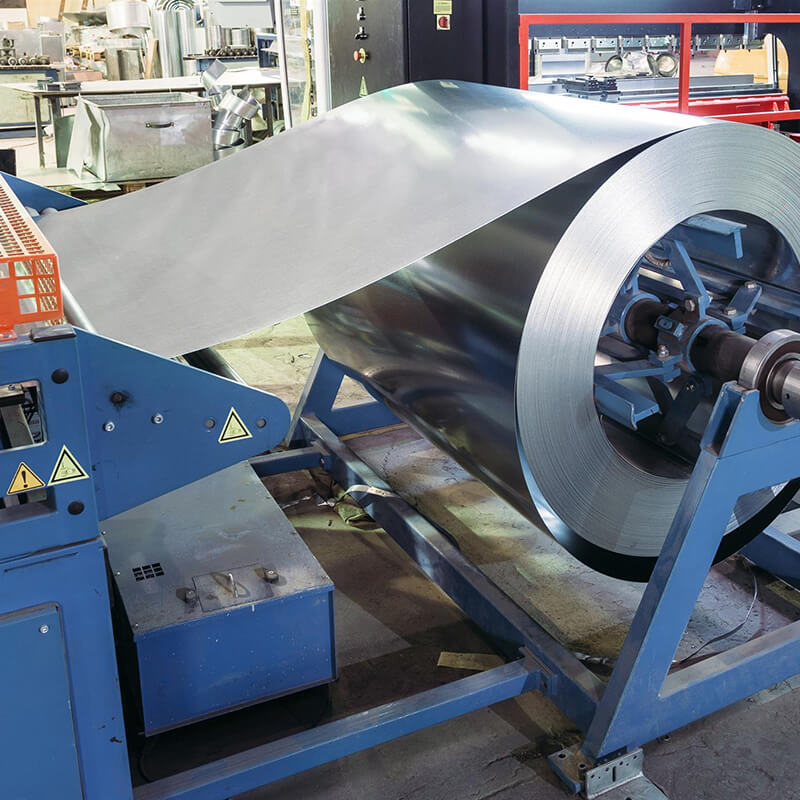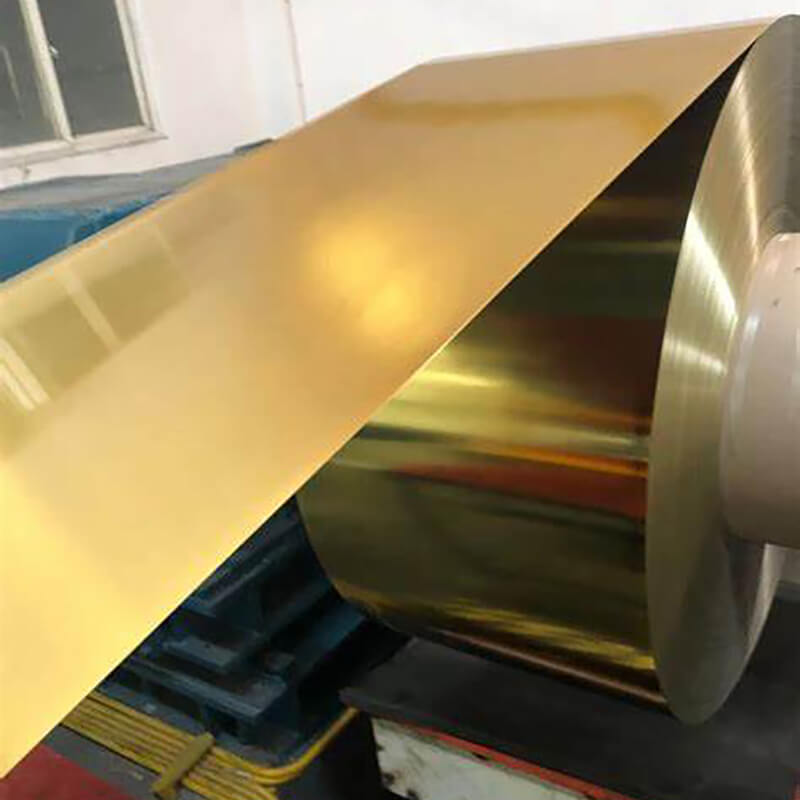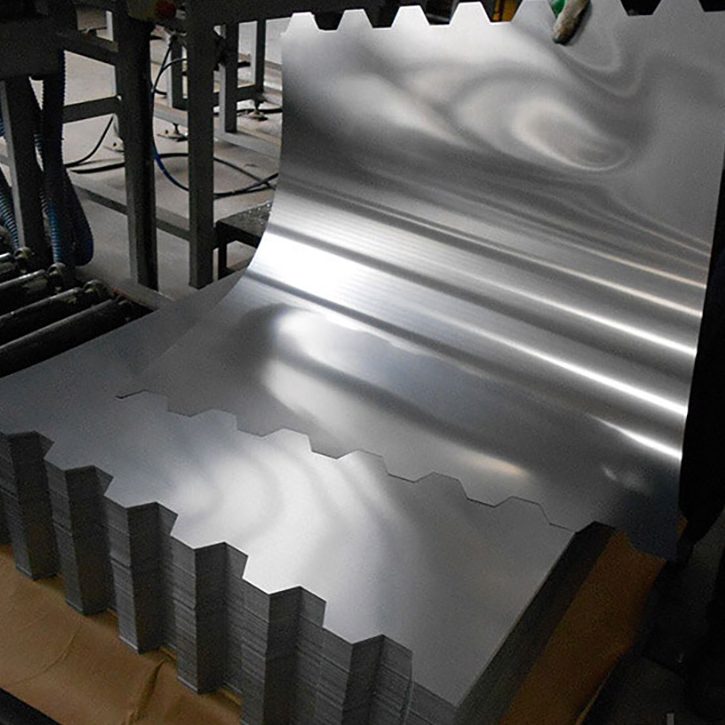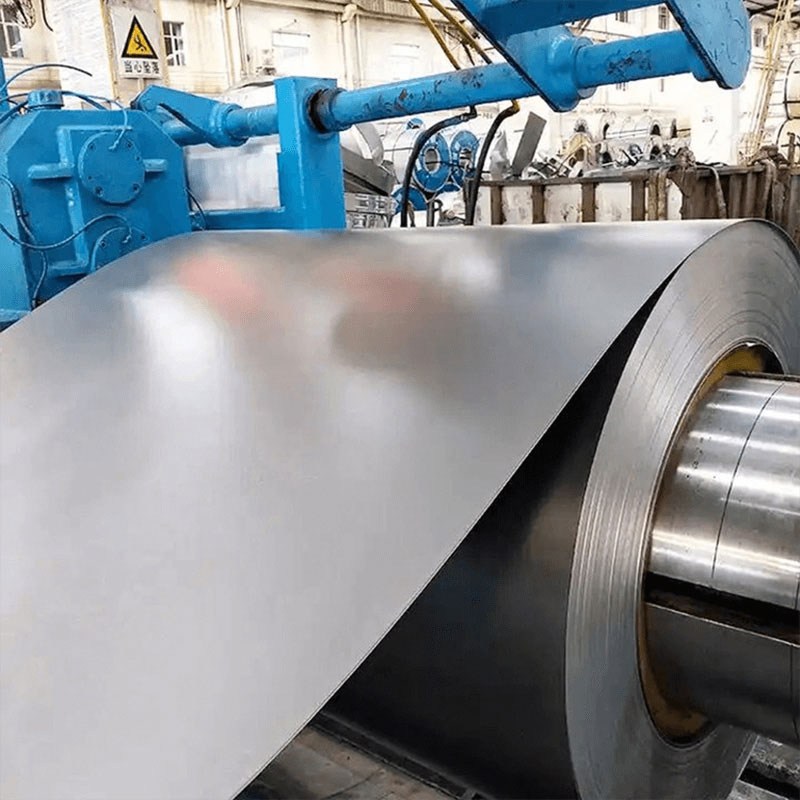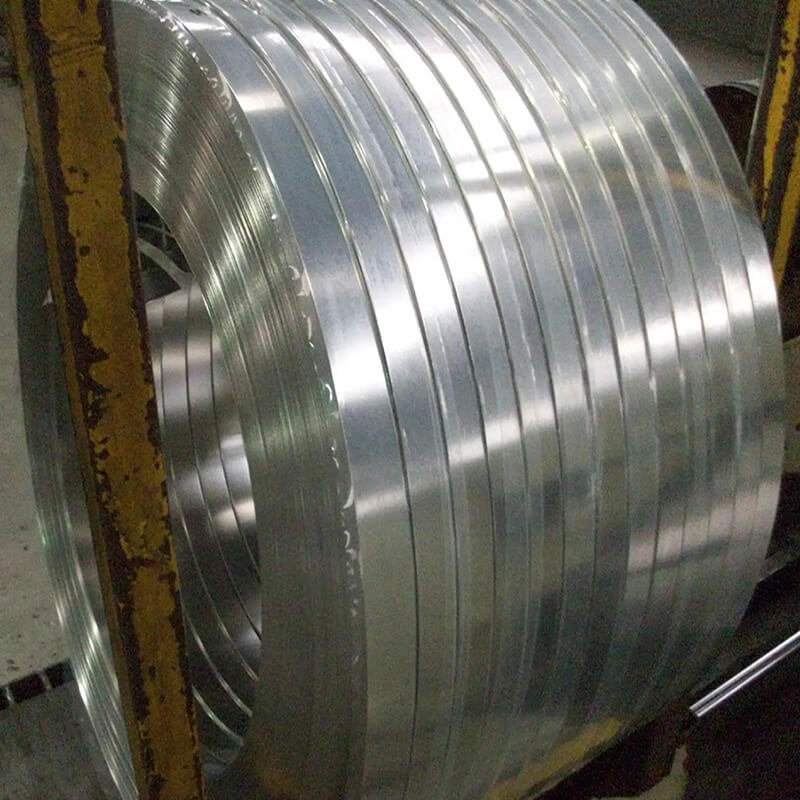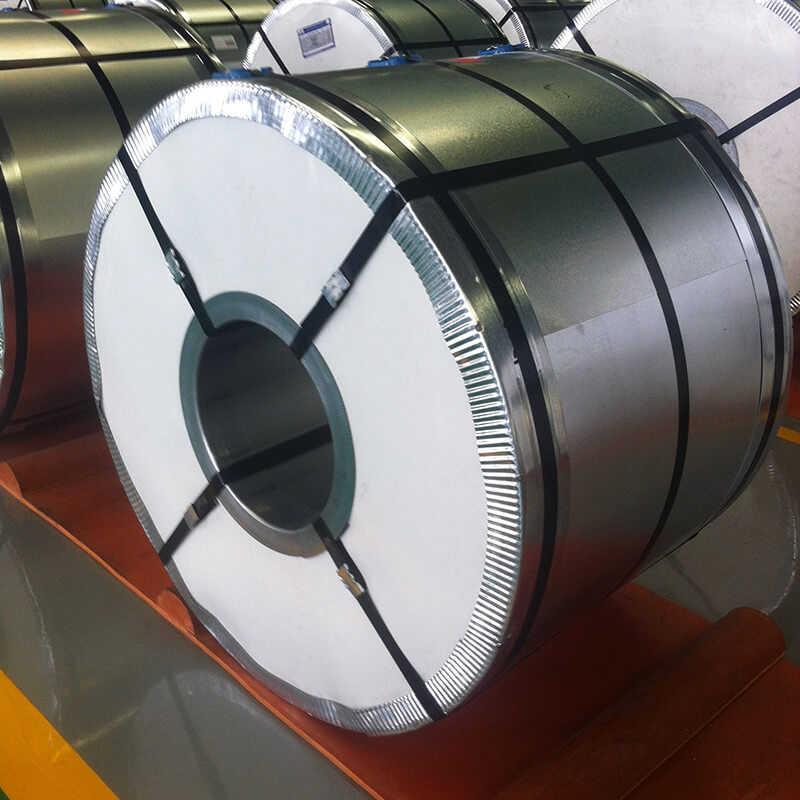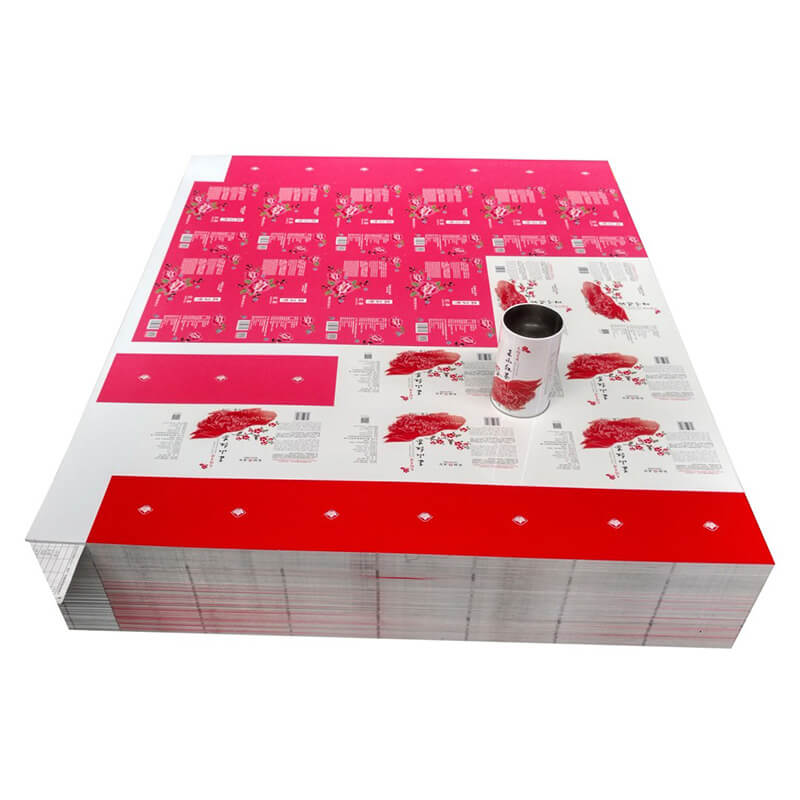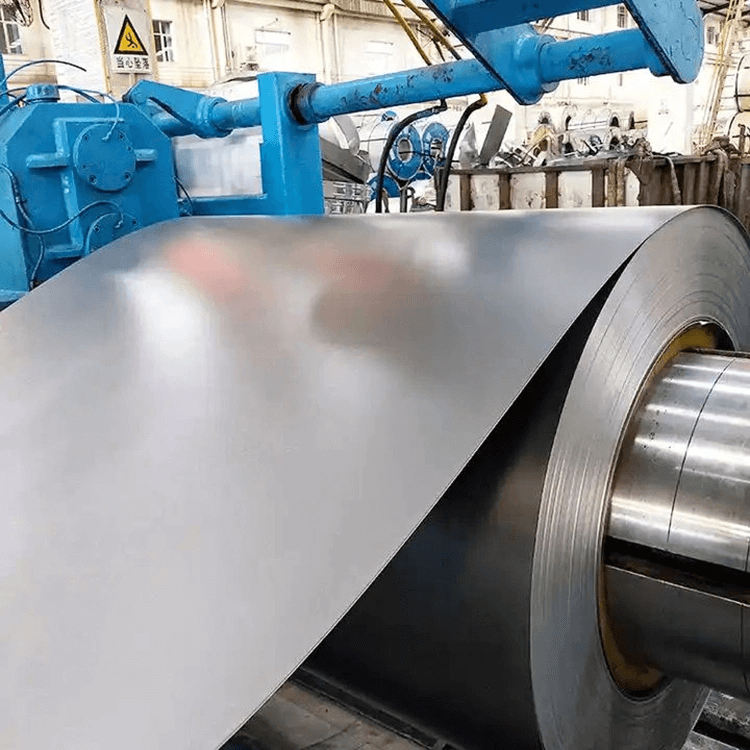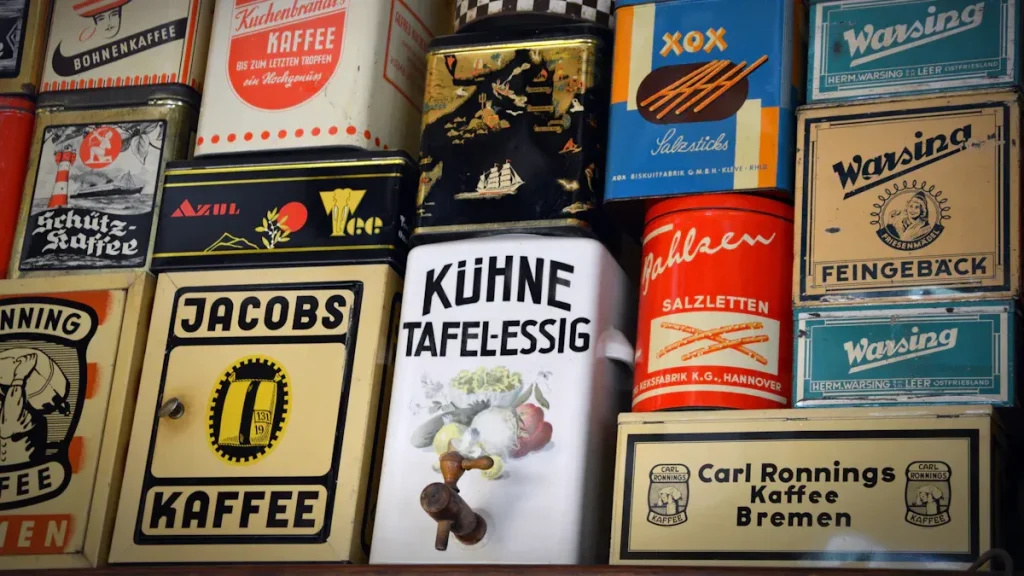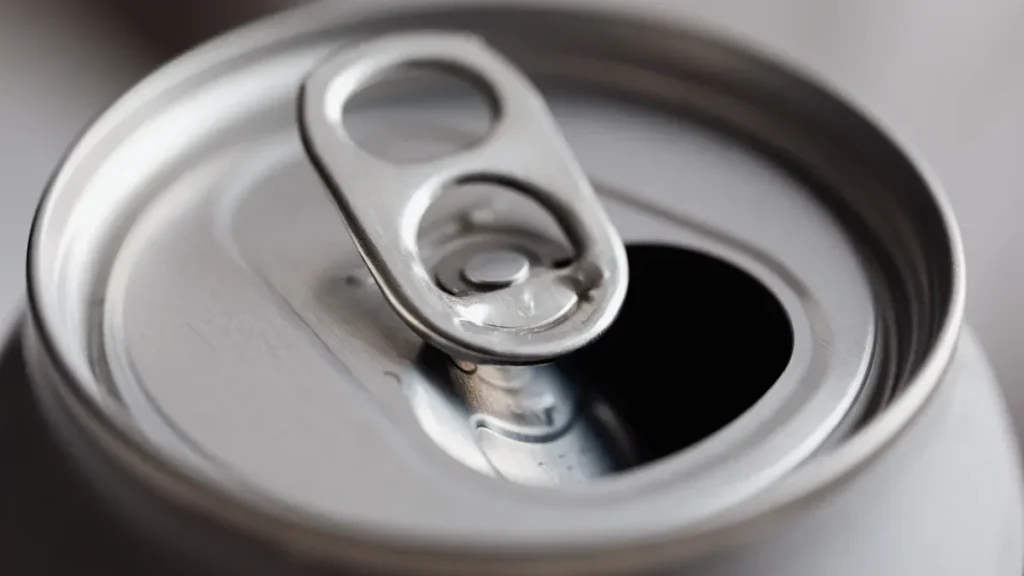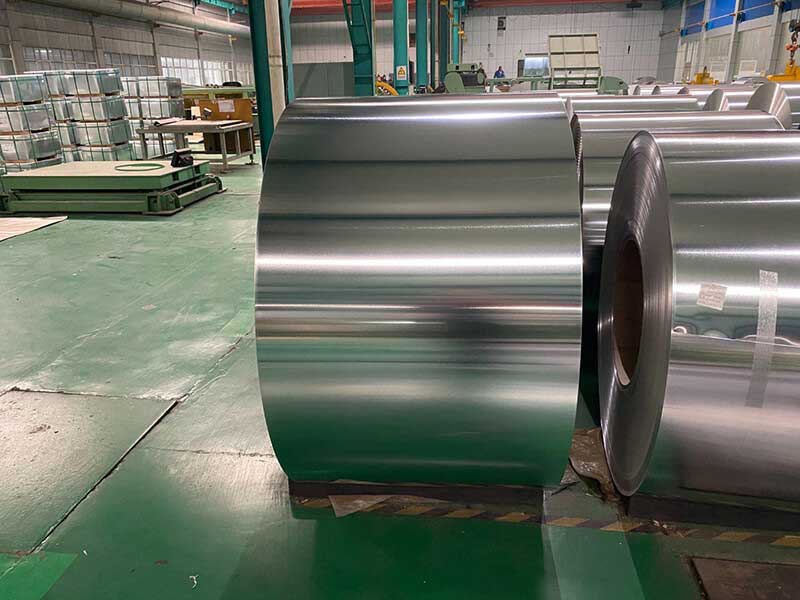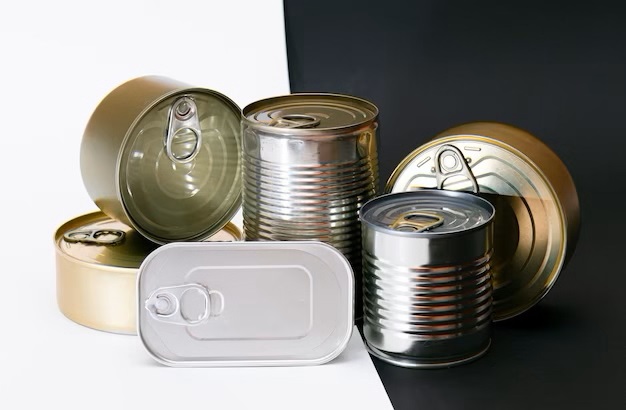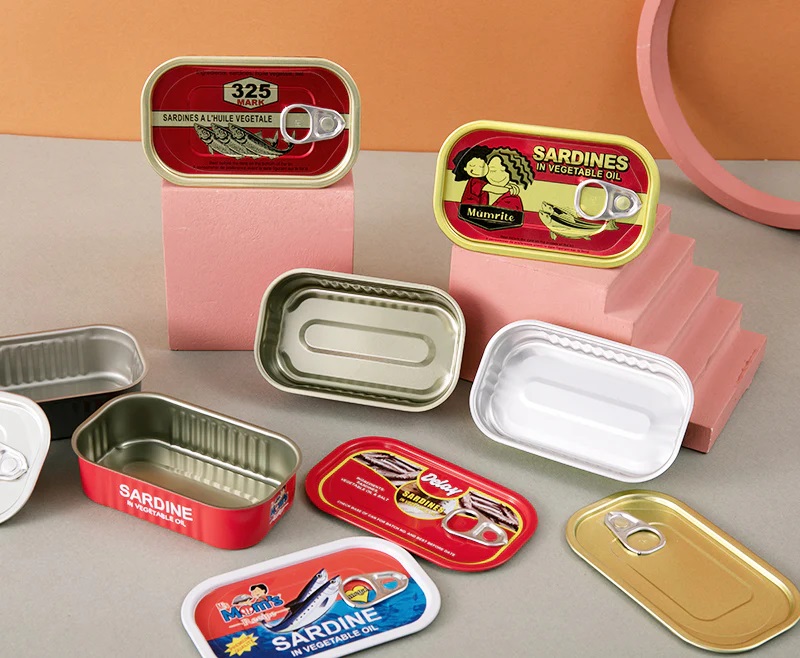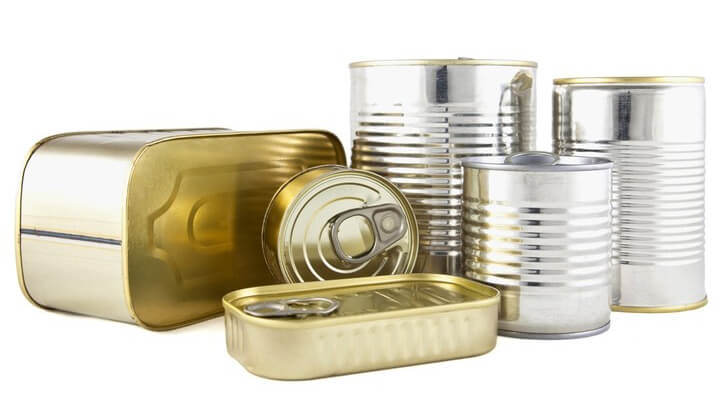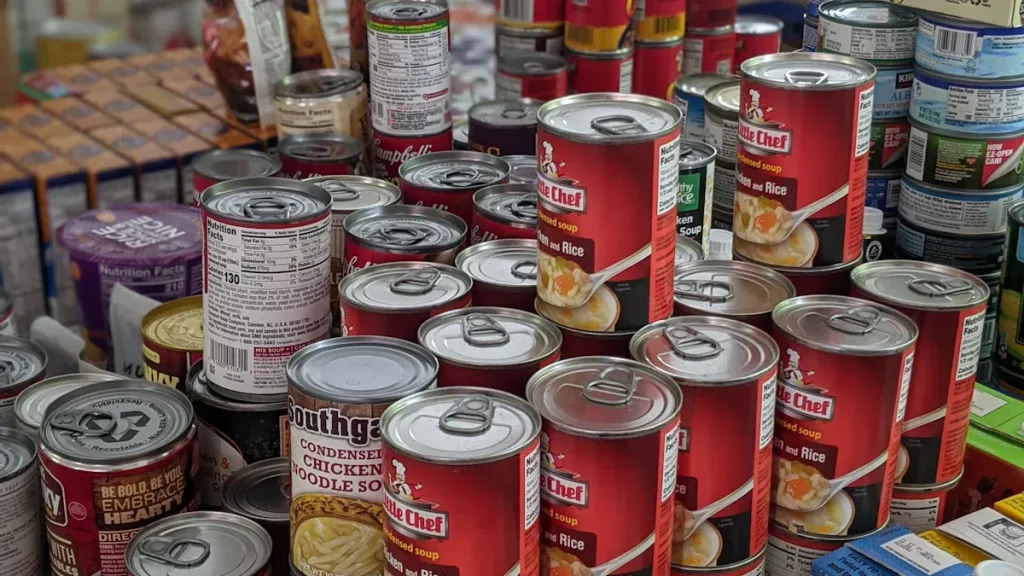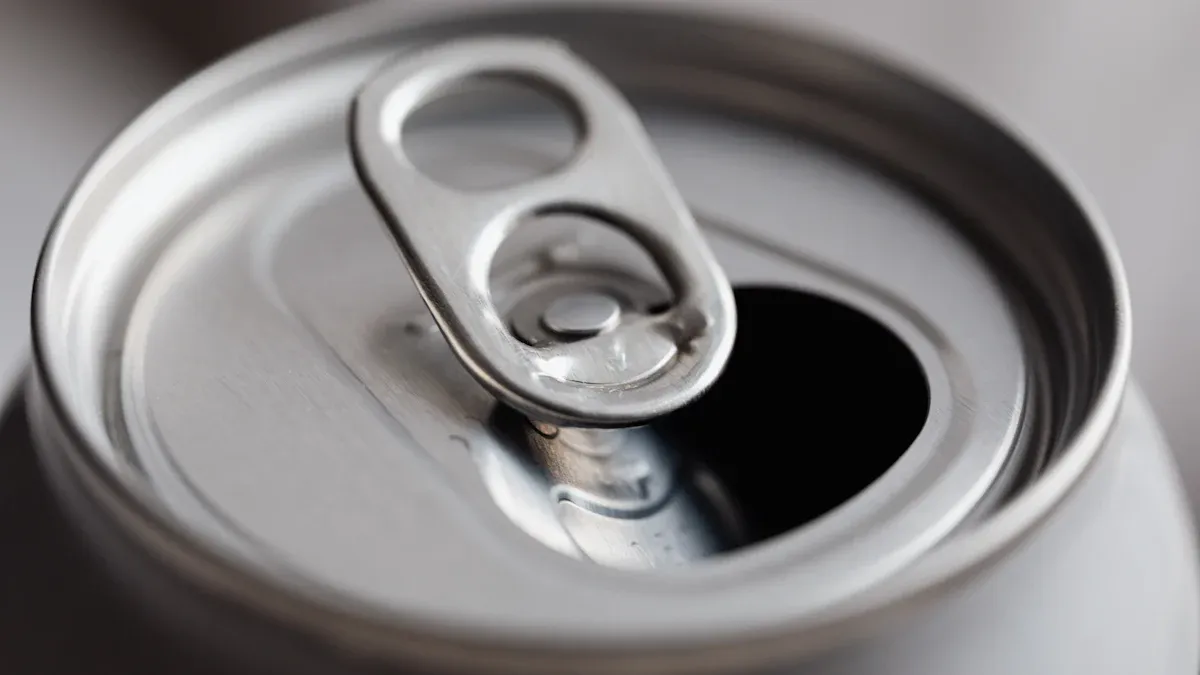
When you choose food packaging, you want something that lasts, keeps your food safe, and saves you money. Tin Free Steel gives you all these benefits. This material stands up to rust and damage, so your food stays fresh and protected. You can trust it for its strength and safety. Picking the right packaging matters for your health and peace of mind.
Key Takeaways
- Tin Free Steel gives strong protection for food packaging. It keeps food fresh and stops rust from forming. The chromium coating on Tin Free Steel stops corrosion. It also makes the packaging look better. This material does not cost a lot. It helps businesses save money on packaging. Tin Free Steel is safe to use with food. It does not cause bad reactions with food. The packaging can be changed to fit different needs. You can pick different finishes and thicknesses. Tin Free Steel is good for the environment and can be recycled. This helps support sustainability. It is strong and lasts in many conditions. This makes it good for shipping and storage. Using Tin Free Steel keeps food tasting good and keeps its quality over time.
Tin Free Steel Overview
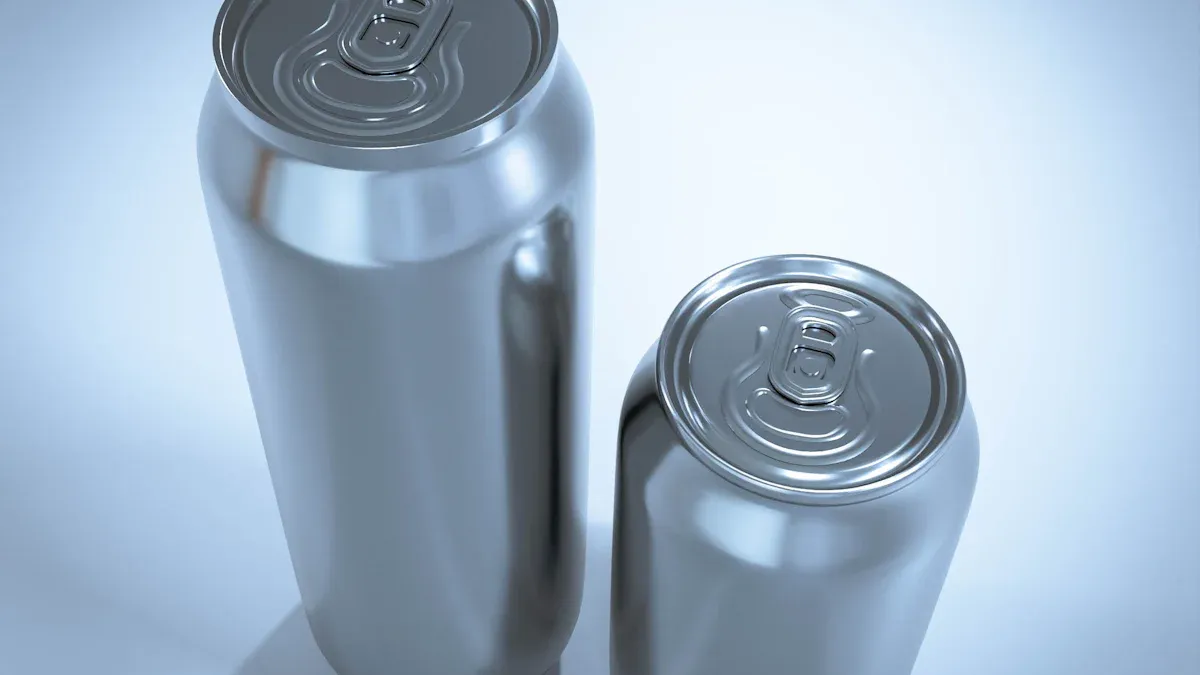
Tin Free Steel gives you a strong and safe choice for food packaging. You can count on it for both quality and performance. This material uses a special design to protect your food and keep it fresh.
Composition
Steel Base
At the core of Tin Free Steel, you find a sturdy steel base. This base starts with iron ore, which is turned into steel sheets. These sheets, also called “folhas de flandres,” give the material its strength and formability. You can shape these sheets into cans and containers without losing their toughness.
Here is a table showing the main components:
| Component | Description |
|---|---|
| Óxido de Ferro | Raw material for steel production |
| Cromo | Coating to prevent oxidation |
| Folhas de Flandres | Steel sheets used in food can manufacturing |
Chromium Coating
You get extra protection from the thin layer of chromium and chromium oxide on both sides of the steel. This coating stops rust and keeps the steel from reacting with food. The chromium layer also gives the surface a shiny, attractive look. It helps paint and labels stick well, so your packaging looks great and lasts longer.
Manufacturing
You might wonder how Tin Free Steel is made. The process starts with mixing iron ore, coke, and limestone in a blast furnace to make pig iron. Next, workers combine pig iron with recycled steel and heat it with oxygen to create steel. This steel is rolled into large coils and then flattened into thin sheets.
To make the steel safe for food, manufacturers add a chromium coating. This step protects the steel from oxidation and keeps your food safe. The final product comes in different finishes, such as bright, stone, silver, and matte. Each finish gives you options for how your packaging looks and performs.
- The main steps in making Tin Free Steel include:
- Creating pig iron from iron ore, coke, and limestone.
- Mixing pig iron with recycled steel and adding oxygen to make steel.
- Rolling the steel into coils and flattening it into sheets.
- Applying a chromium coating for corrosion resistance.
Note: The choice of finish can affect how well the packaging protects food. For example, fruits like peaches and pineapples need special coatings to keep their color and flavor. The right finish helps prevent corrosion and keeps food tasting fresh.
With Tin Free Steel, you get a material that meets high standards for food safety and durability. You can choose the finish and thickness that best fits your needs.
Durability
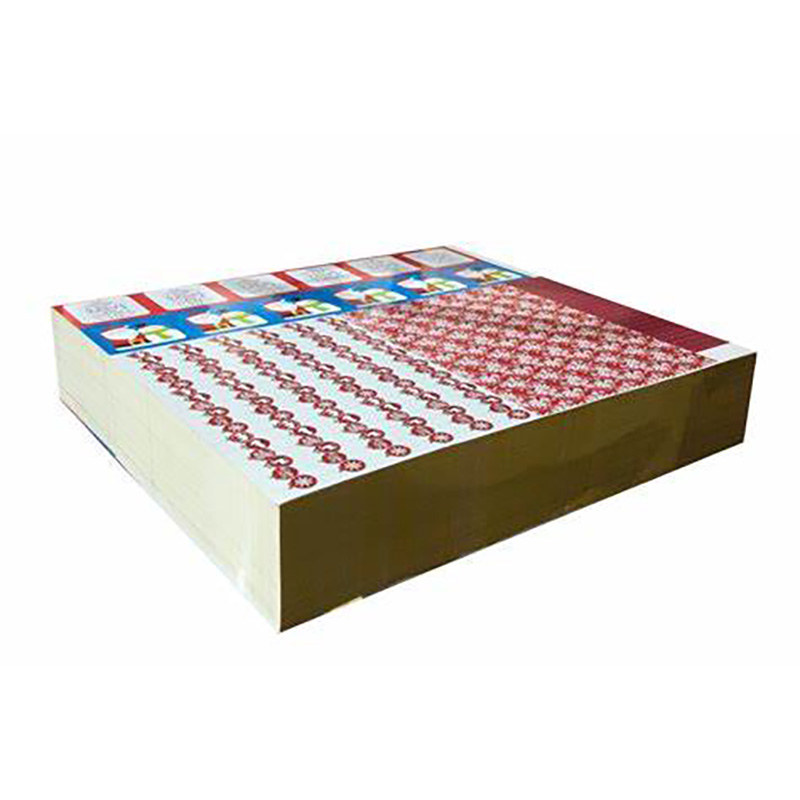
When you pick food packaging, you want it to last. Durability matters because it keeps your food safe and fresh. Tin Free Steel gives you strong protection against rust and damage. Let’s look at how this material stands up to the test.
Corrosion Resistance
Chromium Protection
You need packaging that can handle moisture and air. Tin Free Steel uses a special chromium layer to protect the steel underneath. This thin layer of chromium and chromium oxide covers both sides of the steel sheet. It acts like a shield. Water and oxygen cannot reach the steel, so rust does not form easily.
Tip: Chromium does not just stop rust. It also helps paint and coatings stick better. This means your cans and containers look good and last longer.
The chromium coating works well in many environments. You can store food in humid places or ship it long distances. The steel stays strong and does not corrode. This protection helps keep your food safe from spoilage.
Strength
Formability
You want packaging that does not break or bend too easily. Tin Free Steel has a tough steel base. This gives it high mechanical strength. You can press, cut, and shape it into many forms. It works well for making cans, lids, and other containers.
Here are some reasons why manufacturers choose this material:
- You can shape it into different sizes and designs.
- It holds its shape during filling and sealing.
- It resists dents and damage during transport.
The steel base lets you use automated machines to make cans quickly. You get strong containers that protect food from outside forces. The material does not crack or split when you form it, so you get fewer defects.
Note: The combination of strength and formability means you can trust Tin Free Steel for both simple and complex packaging needs.
With Tin Free Steel, you get a material that stands up to daily use. It keeps food safe, looks good on the shelf, and lasts through shipping and storage.
Food Safety
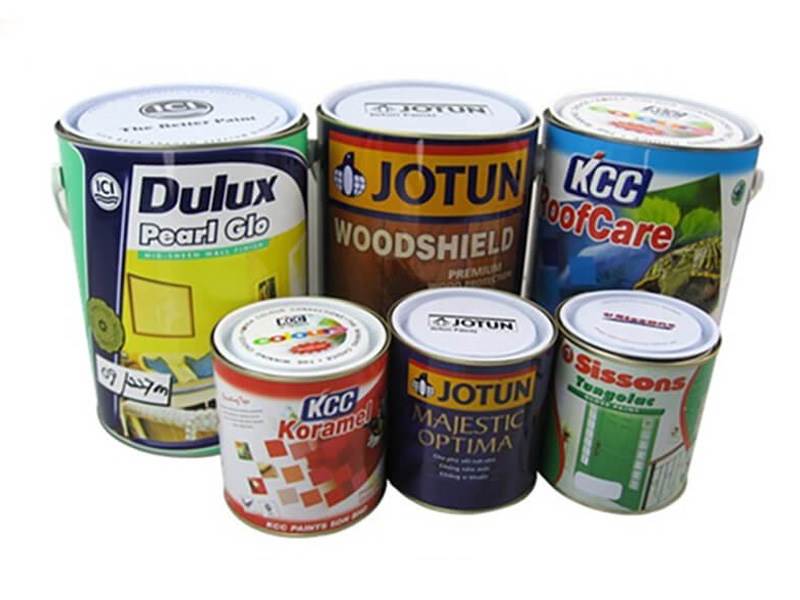
When you choose packaging for food, safety comes first. You want to know that the material will not react with your food or cause any harm. Tin Free Steel gives you peace of mind because it keeps your food safe and fresh.
Non-Reactivity
You do not want your food to change taste, color, or smell because of the packaging. Tin Free Steel uses a special chromium and chromium oxide coating. This coating acts like a barrier. It stops the steel from touching your food. You can store fruits, vegetables, or drinks without worrying about unwanted reactions.
- The chromium layer keeps acids and moisture away from the steel.
- Your food stays pure and free from metal taste.
- You avoid chemical changes that can spoil food.
Tip: Always look for packaging that does not react with food. This helps keep your meals safe and tasty.
Standards
You want to trust that your food packaging meets strict rules. Many countries set high standards for materials that touch food. Tin Free Steel meets these requirements, so you can feel confident about your choice.
Compliance
Manufacturers follow important regulations to make sure Tin Free Steel is safe for food contact. These rules come from both local and international organizations. For example, the FDA in the United States checks that food packaging materials do not release harmful substances. Other countries use their own guidelines to protect consumers.
Here is a table showing some international regulations for food packaging materials:
| Regulation | Description |
|---|---|
| GMC 46/06 | Recent revision allowing the use of uncoated carbon steel in specific conditions for food contact. |
| GMC 48/23 | Publication that further clarifies the conditions under which uncoated carbon steel can be used. |
You can see that these rules help keep food safe around the world. Manufacturers test and certify Tin Free Steel to meet these standards. This means you get packaging that protects your food and follows the law.
Note: Always check for compliance labels or certifications on food packaging. This shows that the product meets safety standards.
With Tin Free Steel, you get a packaging material that does not react with food and meets strict safety rules. You can trust it to keep your food fresh, healthy, and safe.
Tin Free Steel vs Tinplate
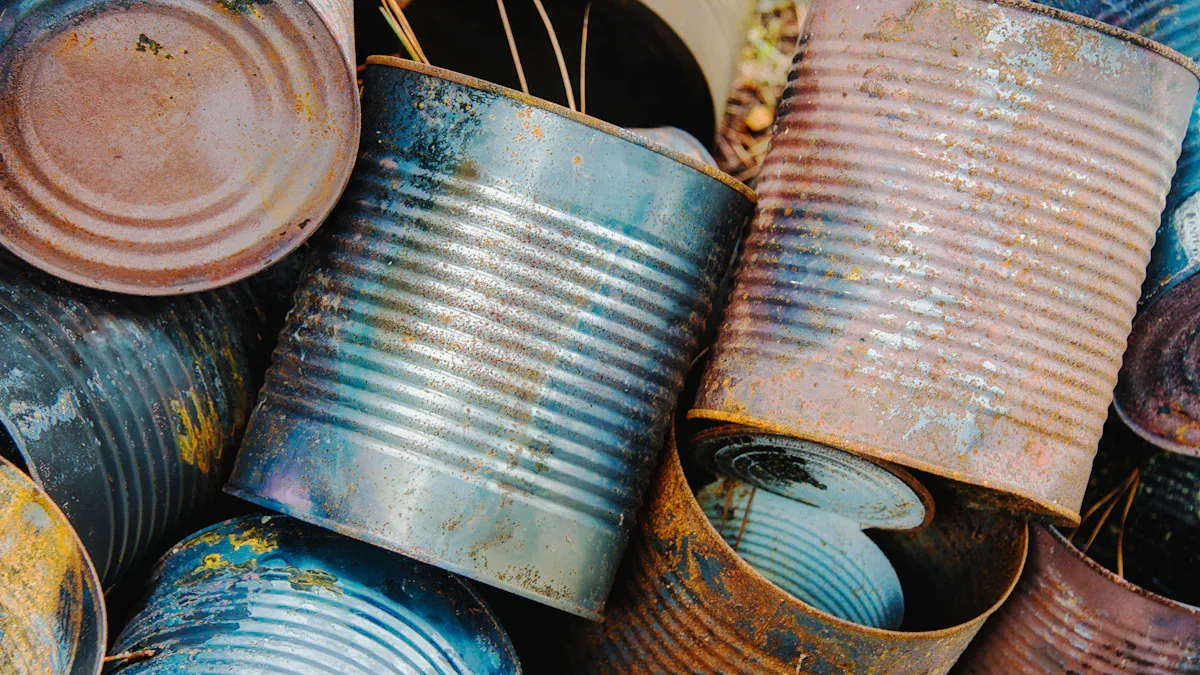
When you pick food packaging, you see two main types. These are Tin Free Steel and tinplate. Each one has its own good points. Knowing how they compare helps you choose better. You should look at durability, cost, and how they affect the environment.
Durability
You want packaging that keeps food safe for a long time. Tin Free Steel has a chromium coating. This coating protects steel from rust and damage. It works well against moisture and air. Tinplate uses a tin coating for protection. Both types resist rust. Tin Free Steel lets paint stick better. Your packaging stays strong and looks nice after storage or shipping.
Here is a table to compare them:
| Feature | Tin Free Steel | Tinplate |
|---|---|---|
| Coating | Chromium/Chromium Oxide | Tin |
| Rust Resistance | High | High |
| Paintability | Excellent | Good |
| Surface Finish | Bright, Matte, Silver | Bright, Matte |
Tip: Pick Tin Free Steel if you want shiny packaging. It also holds lacquer well.
Cost
You want packaging that does not cost too much. Tinplate has a tin coating. This makes it more expensive. In the last year, tinplate prices went up a lot. This change makes canned foods cost more. Tinplate can be up to 25% of food production costs. Tin Free Steel is cheaper. You can save money and keep your products affordable.
- Tinplate prices have gone up fast.
- Tin Free Steel helps you spend less.
- You can give good packaging without higher prices.
Environment
You care about the earth. Tin Free Steel is good for the environment. Witop makes it with care for nature. You can recycle Tin Free Steel easily. The steel base and chromium coating do not hurt the planet. Tinplate can be recycled too. But the tin layer makes recycling harder. Choosing Tin Free Steel helps cut waste and keeps the earth clean.
♻️ Recycling saves energy and resources. You help the planet when you pick green packaging.
Tin Free Steel is strong, costs less, and is better for the environment. You can trust it for safe and eco-friendly food packaging.
Applications
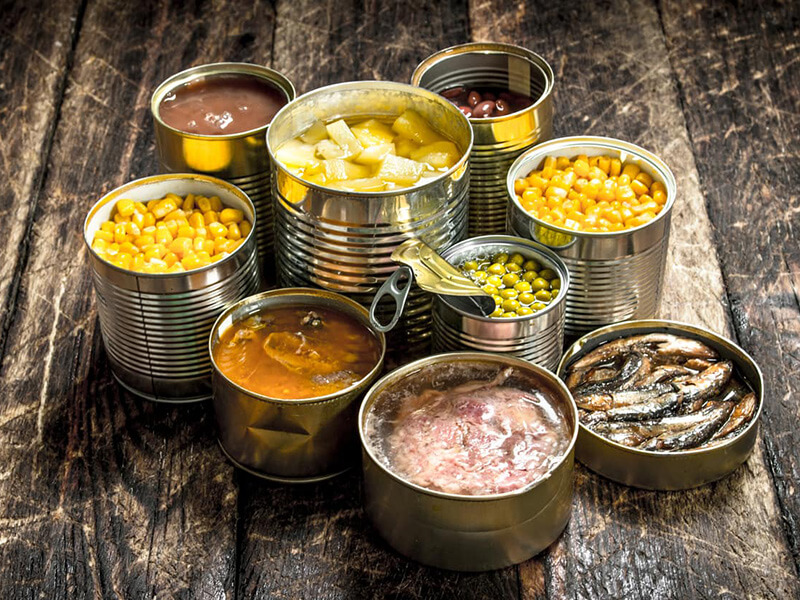
You see Tin Free Steel used in many types of packaging. This material helps keep food safe and fresh. You also find it in other industries because it is strong and easy to shape.
Food Cans
You find Tin Free Steel in food cans on store shelves. These cans protect food from air and moisture. You can store products for a long time without losing taste or quality. Here are some foods you often see packed in these cans:
- Condensed milk
- Cream
- Tomato paste
You notice that these foods need strong protection. Tin Free Steel keeps them safe during shipping and storage. You also see bright and smooth finishes on these cans. The surface helps labels and paint stick well, so the cans look attractive.
Lids
You use Tin Free Steel for lids on cans and containers. These lids seal food tightly. You open and close them easily. The steel resists bending and breaking. You find these lids on beverage cans, food jars, and even some specialty containers. The chromium coating keeps the lids shiny and free from rust. You see different finishes, such as matte or silver, depending on the product.
Tip: Choose lids made from Tin Free Steel if you want strong seals and a clean look.
Other Uses
You see Tin Free Steel in more places than just food packaging. Many industries use this material because it lasts and looks good. Here is a table showing some other sectors that use Tin Free Steel:
| Sector | Description |
|---|---|
| Chemical Products | Steel packaging is used for various chemical products. |
| Battery Manufacturers | Steel is also utilized in the production of batteries. |
| Window Frames | Additionally, it is used in the manufacturing of window frames. |
You notice that these industries need packaging that resists corrosion and damage. Tin Free Steel meets these needs. You also find it in specialty packaging, such as gift boxes or promotional containers.
You can customize Tin Free Steel to fit your needs. Manufacturers offer different thickness options for blocks over 600mm. You choose finishes based on your product, such as bright, matte, or silver. The chemical composition affects the quality of the finish. You select the right grade and temper for your process.
| Customization Aspect | Details |
|---|---|
| Thickness Options | Available for blocks over 600mm |
| Finish | High-quality finish required, affected by chemical composition |
Note: Customization helps you get the best packaging for your product. You pick the thickness and finish that match your brand and needs.
You see Tin Free Steel in food cans, lids, and many other products. You choose it for its strength, safety, and flexibility.
Choosing Tin Free Steel
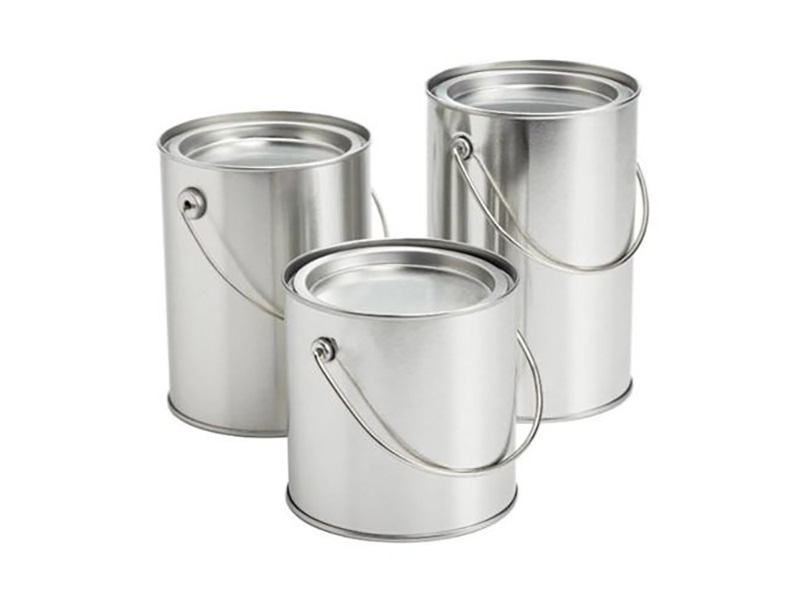
When you select packaging for food, you want to make the best choice for your product and your customers. Tin Free Steel gives you many options, but you need to think about a few important factors before you decide.
Factors
You should look at several things when choosing the right material for your packaging. Each product has its own needs. Shelf life, appearance, and how the packaging will be used all play a part.
Product Type
Different foods need different types of protection. Some foods, like tomatoes or fruit, have acids that can react with metal. Other foods need to stay fresh for a long time. You should match the packaging to the food inside. For example, cans for fruit juice may need a special coating to keep the taste pure. You also want to think about how the product will look on the shelf. Shiny finishes can make your product stand out.
Here is a table that shows what you should consider:
| Factors Influencing Selection of Tin-Free Steel | Description |
|---|---|
| Economic Considerations | The cost-effectiveness of corrosion protection methods. |
| Environmental Conditions | The specific environmental factors that may affect corrosion. |
| Required Protection Level | The degree of protection needed for the product’s lifespan. |
| Consequences of Service Failure | The impact of unexpected failures on service. |
| Importance of Appearance | The aesthetic requirements that may influence material choice. |
Processing
You also need to think about how you will make and fill your packaging. Some products need to be heated or sealed in special ways. Tin Free Steel comes in different grades and thicknesses, so you can pick what works best for your machines. You want a material that forms easily and does not crack. Good formability helps you make cans and lids quickly. You also want a surface that holds paint and labels well.
Tip: Always test your packaging with your product and your machines before you start full production.
Trends
The world of food packaging keeps changing. You see new ideas and better ways to make cans every year. One new process is called microrrecravação. This process lets you use thinner sheets of metal without losing strength. You save material and lower your costs. Many companies now use this method to make lighter, stronger cans. Using less material also helps the environment.
- Microrrecravação reduces the amount of steel needed for each can.
- You spend less money on materials.
- Thinner cans are easier to ship and store.
- The process keeps your packaging strong and safe.
You also see a trend toward more eco-friendly packaging. Companies want to use materials that are easy to recycle and safe for the planet. Tin Free Steel fits this trend because you can recycle it and use less metal.
When you choose Tin Free Steel, you get a modern solution that meets today’s needs. You can protect your food, save money, and help the environment—all at the same time.
You need food packaging that keeps your food safe and fresh. Tin Free Steel is strong and safe for your products. It does not cost too much. This material is also good for the earth.
- It lasts a long time and does not rust.
- You spend less because it is affordable.
- You help the planet by picking steel that can be recycled.
You can learn more about Tin Free Steel or ask suppliers how it can make your packaging better.
FAQ
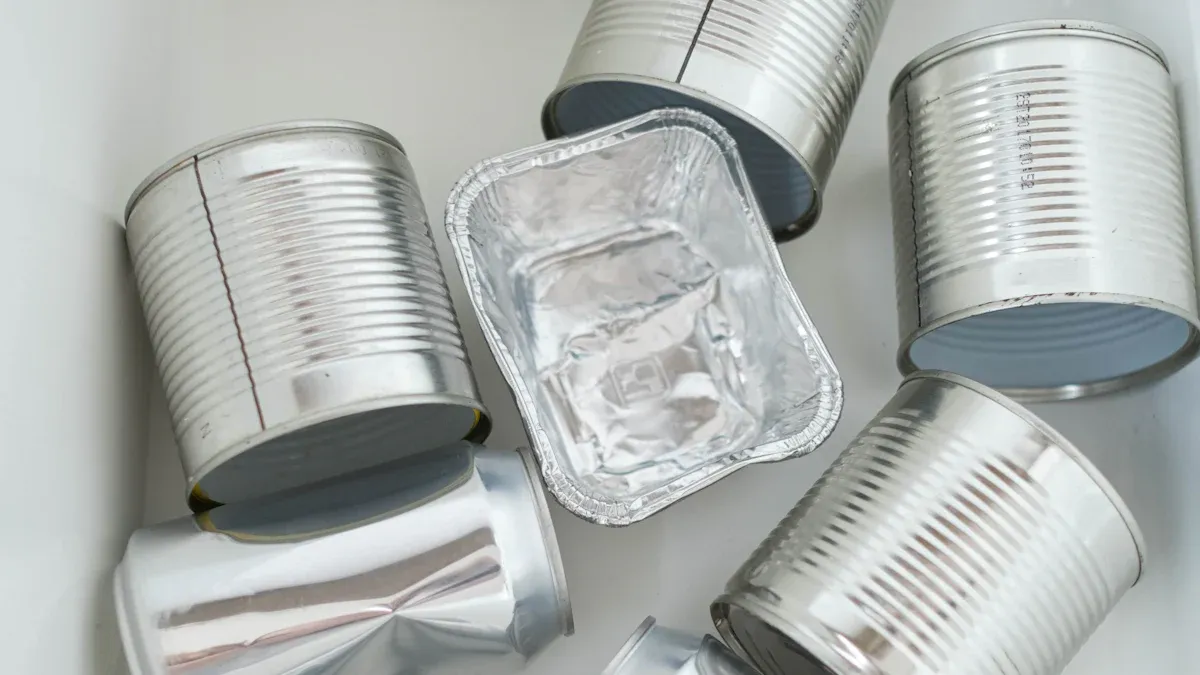
What is tin free steel used for in food packaging?
You use tin free steel to make cans, lids, and containers for food and drinks. It keeps food safe and fresh. Many companies choose it for its strength and clean look.
Is tin free steel safe for food contact?
Yes, tin free steel is safe for food. The chromium coating stops the steel from touching your food. You do not have to worry about taste or safety.
How does tin free steel prevent rust?
The chromium and chromium oxide layer acts like a shield. It blocks water and air from reaching the steel. This keeps your packaging strong and rust-free.
Can you recycle tin free steel?
You can recycle tin free steel easily. Most recycling centers accept it. Recycling helps save resources and protects the environment.
What finishes are available for tin free steel?
You can choose from bright, stone, silver, or matte finishes. Each finish gives your packaging a different look and feel.
Why choose tin free steel over tinplate?
Tin free steel costs less and offers excellent paintability. It also supports eco-friendly goals. You get strong, attractive packaging without high costs.
Does tin free steel work for acidic foods?
Yes, you can use tin free steel for acidic foods. The special coating keeps acids away from the steel. Your food stays safe and tasty.

